
Designed to be worn on the go in a range of conditions, these midweight synthetic insulated jackets are each a good breathable choice for hillwalkers, climbers and mountaineers, says John McKenna. But one is cut rather better than the other...
Black Diamond have recently released their First Light Stretch Hoody (£260) and First Light Hybrid Hoody (£240), both featuring PrimaLoft Gold Active+ insulation for a focus on warmth, breathability, and comfort. The Stretch is designed for cold weather activities while the Hybrid, with merino wool paneling, offers breathability and versatility for cooler days in winter and shoulder seasons. Throughout our testing in the autumn and winter, we have appreciated the comfort and breathability of both jackets but encountered some concerns regarding durability and fit.
In Use
Although both jackets are very similar in their fabrics and design, the environments I have found myself using them in are quite different. In the UK, the Stretch Hoody is geared more towards winter and cold temperatures whilst the Hybrid I have used across a much broader period of the year. Both however have performed their best when I have been working hard and looking for breathability within my insulation piece. During periods of increased intensity, they have not become overly sweaty whilst still providing adequate insulation from the cold.
The soft feel of the fabric against the skin and the slight stretch in materials gives both pieces a particularly comfortable feel, and good freedom of movement when climbing. There is a bit of weather protection on offer here but not anything I've wanted to trust in more than the lightest of rain; thankfully these are perfectly fine to use as both an outer layer or midlayer if wanting a bit of weather protection from a shell over the top. Additionally, the face fabric isn't the most durable feeling and so I have wanted to avoid climbing on particularly rough rock. Both points I will come on to later.
Weight and Packability
Stretch Hoody:
Coming in at 387g on the home scales (medium), the Stretch Hoody comes in at a good weight, lighter (and around £30 cheaper) than an obvious competitor, Patagonia's Nano-Air (401g). This comes in 18g lighter than Black Diamond claim, nice to see no exaggeration of weight from the manufacturer.
Hybrid Hoody:
The Hybrid's Merino paneling will help you cut a small amount of weight (and insulation), although surprisingly only 10g down to 377g (10g more than BD stated weight). Both also pack down to a good size into one of the hand warmer pockets.
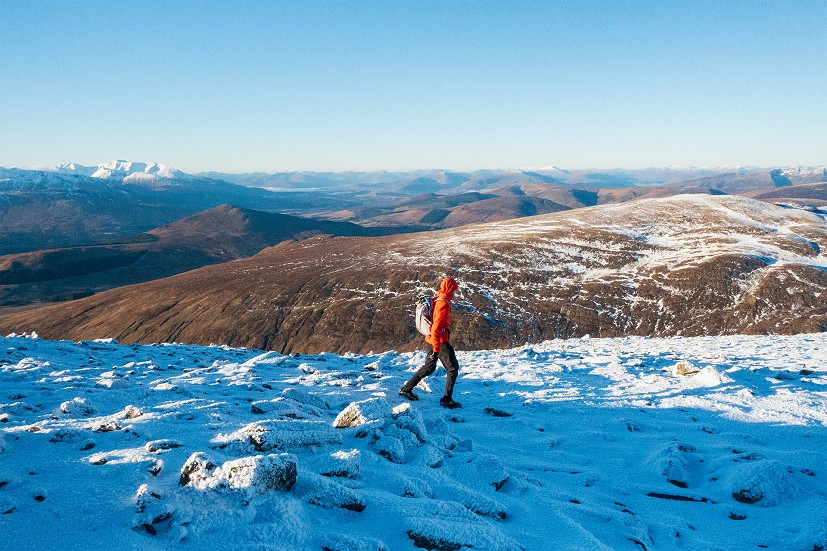
Insulation and Warmth
The insulation in both garments is PrimaLoft Gold Active+. This is designed to improve breathability and comfort with minimal compromise to thermal performance. The insulation itself also provides a little bit of stretch, adding to the overall comfort of the hoodies. Given its weight, it has felt suitably insulating yet still avoided becoming overly sweaty underneath if I have layered correctly.
Stretch Hoody:
The Stretch comes in at the warmer end and is mostly appropriate to wear whilst active on the colder end of the scale in the UK - think walking across the Cairngorm plateau in winter. I've had this layer on when walking uphill in temperatures foretasted to be around -8C here in Scotland on a couple of occasions now and have been quite comfortable.
Generally in winter I haven't felt particularly clammy inside the layer when I'm periodically working hard. On slightly cooler days I have also had good use chucking it on when taking a short break or walking along an exposed ridge where I'm not continuously working hard walking uphill.
Hybrid Hoody:
With the Merino paneled areas, the slightly lesser warmth of the Hybrid makes it feel like a much more versatile jacket for all-round UK use outside of cold winter days. Providing a good amount of targeted insulation in key areas I have found this to be good in cool conditions when walking, scrambling and bouldering in the shoulder months or for use in summer when standing around at the bottom of a crag. This versatility is my main attraction to the Hybrid as its level of insulation can often fit the bill whatever activity I'm doing and whatever time of year I'm doing it in.
Fabric
The main face fabric on both is a 20D Nylon ripstop with PFC-Free DWR. This provides a bit of stretch for good unrestricted movement and some light fast-drying weather protection if caught in a brief light shower, and although they have done a decent job of beading water and rolling off, these jackets wouldn't be particularly suitable for protecting you from anything more than this. This face fabric also has the added benefit of being on the more breathable end of the scale and has been good for moisture regulation when on the move.
Considering durability, I have reservations about using it in situations prone to abrasion, like climbing on rough rock or through dense vegetation. Thankfully the ripstop within the fabric means any tears won't propagate quickly although I have noticed the face fabric has easily balled up, especially after an outing on some rough gritstone. This aspect hasn't impressed me, and seems like a significant compromise for a garment designed for climbing. If you plan to use this outwith these scenarios you will however appreciate the weight savings, breathability and stretch offered by the light fabric.
The Hybrids Merino wool across the back and the underarm sleeve has been great for expelling heat from these areas whilst exerting myself in cool conditions. It's been a relief to avoid the usual back sweat when wearing a backpack whilst walking uphill. Being merino, this also doesn't become saturated with sweat or begin to stink if used multiple days in a row.
Fit
The Hybrid:
The Hybrid comes in a slim fit, which feels appropriate since you're unlikely to be wearing bulky layers underneath. A relatively tapered fit across the body feels good, although it bags a bit on my narrower waist. The sleeve and body length are perfect on me, but the lack of articulated design in the underarms can cause the hem to lift when reaching above, which isn't ideal for climbing or scrambling. Thankfully, the fabric's stretch in both garments helps with a comfortable freedom of movement. I also have a bit of an issue with the hood's fit, which can feel quite loose and not as well-fitted as the slim design of the body suggests. When walking directly into high winds, it can feel like a bit of a parachute, channeling cold air into the jacket. These problems are exacerbated by the absence of a hood or hem drawcord, something that might not be necessary if the initial fit were neater. I'm not entirely convinced about the fit of the Hybrid on me; however, fit can be highly personal, so it'd be worth trying one for yourself.
The Stretch:
I'm more satisfied with the fit of the Stretch. It has a regular fit, unlike the Hybrid's slim design, which feels apt for colder conditions where bulkier layers are likely underneath. The articulation in the arms addresses the hem lift problems seen in the Hybrid, and the drawcords for the hem and hood allow you to adjust the fit to prevent the circulation of air that was noticeable in the Hybrid. In short, it is the more refined and capable of the two.
Both hoods work well with a helmet, and I haven't encountered any issues with that. Additionally, all sleeves feature low-profile elasticated cuffs, providing some weather protection.
Features
Both jackets come with two zippered hand warmer pockets and a chest pocket. They each also pack neatly into their internal hand warmer pocket to be easily carried whilst clipped to a harness. A nice full length storm flap runs behind the entire length of the front zip for some added weather protection.
The Hybrid:
The Hybrid is minimalist when it comes to features, which I often like in an active insulation jacket of this nature - although given my issues with the fit, I would have liked to have seen a hood/hem drawcord.
The Stretch:
The feature set differs on the Stretch with the addition of these two drawcords (hood and hem) which are low profile yet still relatively easy to use with all but the chunkiest of gloves.
Ethics and environment
Black Diamond has taken steps to tackle both chemical impact and ethical material sourcing within both jackets. The Hybrid and Stretch jackets use PFC-free water-repellant finishes and primary fabrics are sourced from Bluesign-approved supply chains. The wool paneling within the Hybrid is also sourced from cruelty-free wool from mulesing-free farms. And the Primaloft insulation is made with 55% Recycled content. All in all, pretty decent.
Summary
The technical performance of the First Light Hoodies lies in the ability of the fabric to breathe whilst still providing you with the required amount of warmth. If wearing as an outer layer I would recommend them in fair weather due to their minimal weather protection, although they are perfect as a mid layer where this won't be as high a priority. The Stretch Hoody is well suited to cold crisp winter days whilst I have enjoyed the Hybrid's ability to provide some needed warmth across much more of the year here in Scotland. I'm slightly let down by the face fabric's inability to withstand some abrasion that has happened when out climbing, but for those that won't be looking to use this climbing then I wouldn't let this put you off!
Finally whilst the fit of the Stretch Hoody is great, I personally feel that the Hybrid isn't shaped well on me, and the hood and hem would have benefitted from the drawcords seen on the Stretch Hoody. Overall they are good, if not perfect, with the warmer and better-cut Hybrid being the more capable of the two for cold weather walking and scrambling, but the slightly less-warm Hybrid being the more versatile choice for year-round use.
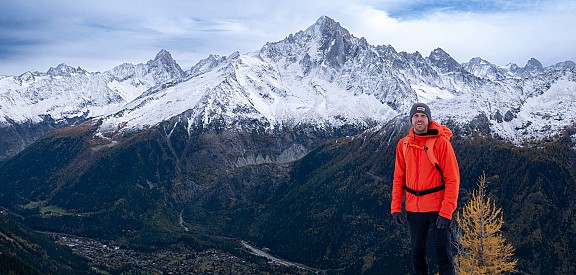


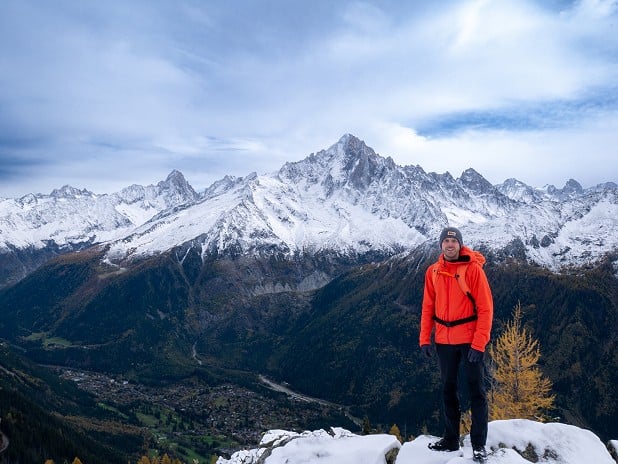

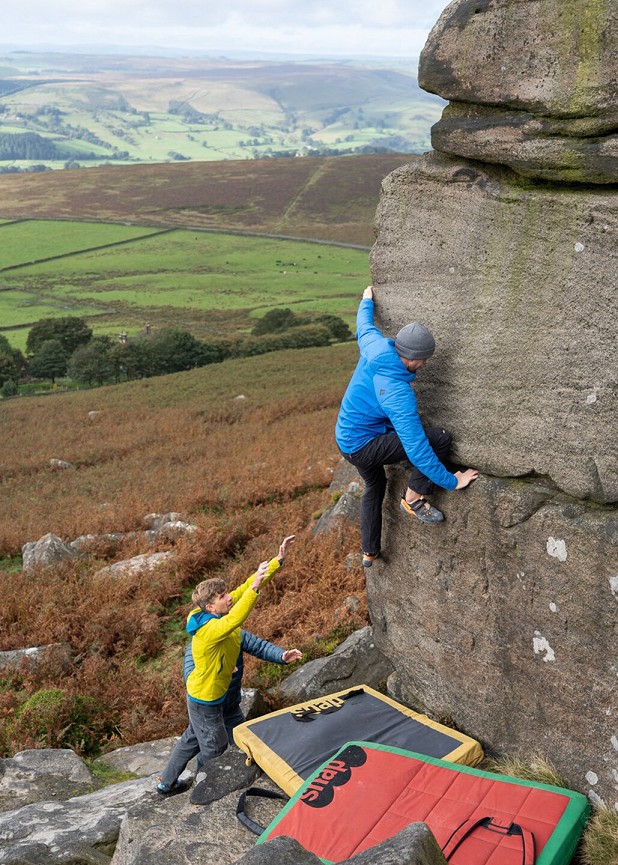

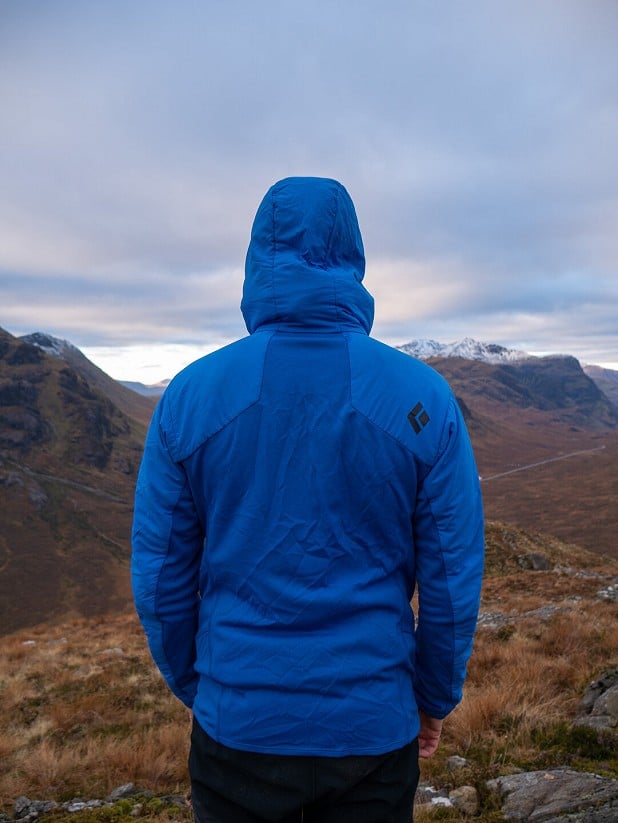
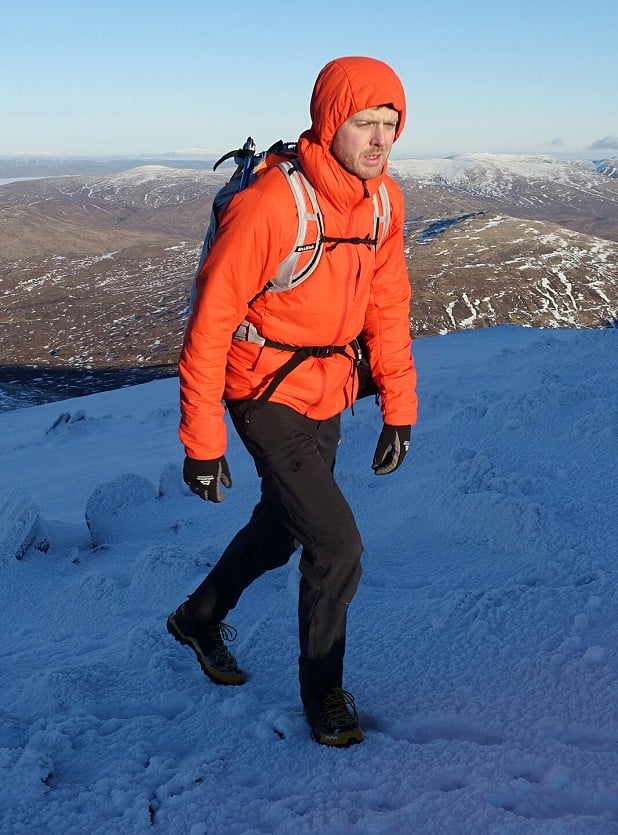

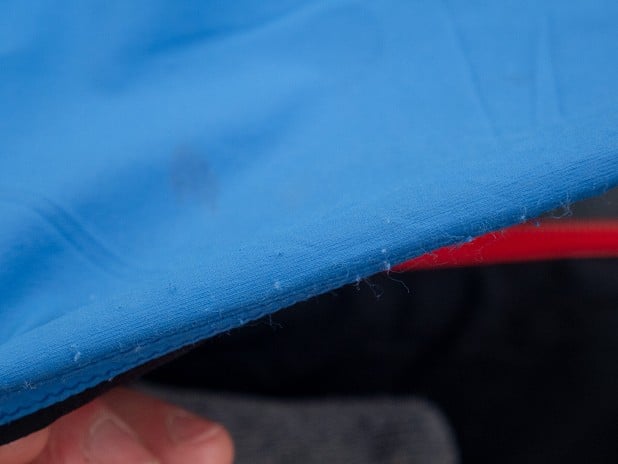

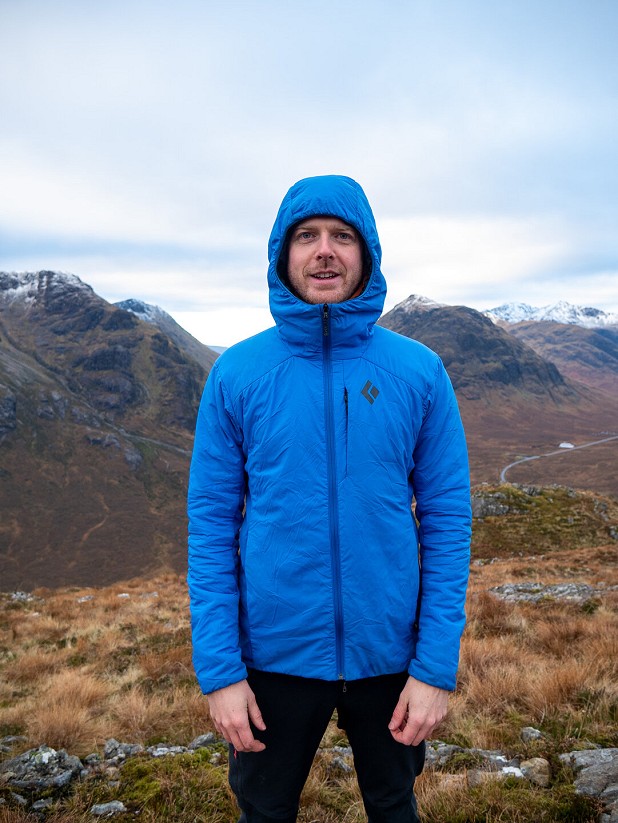

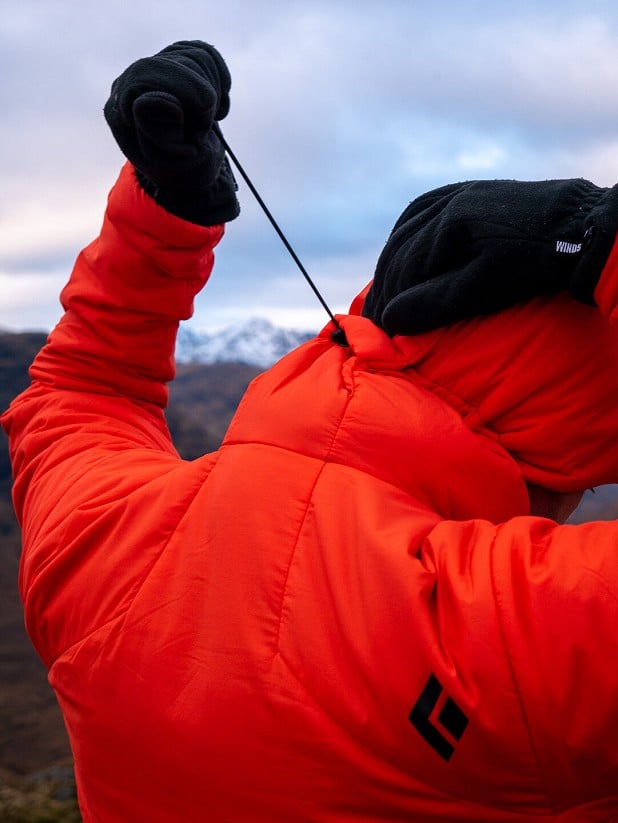
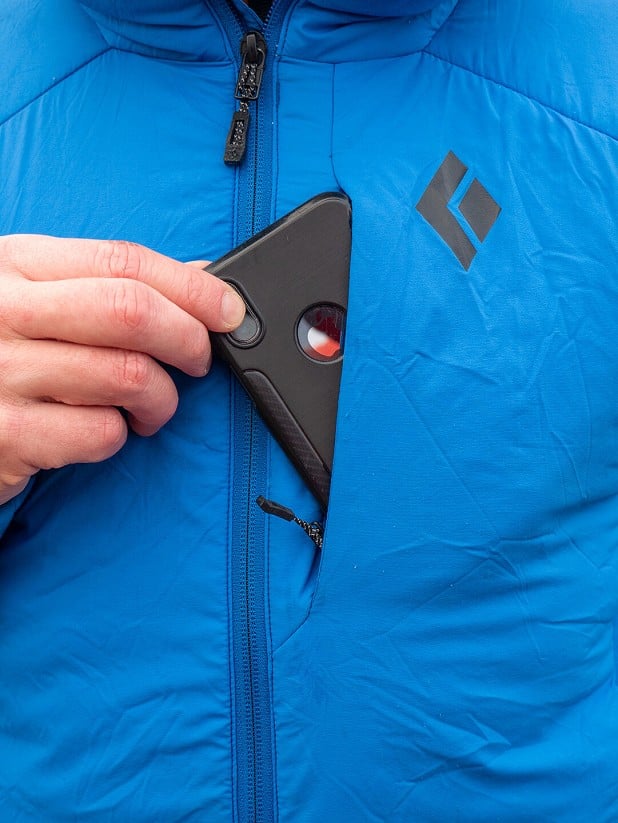

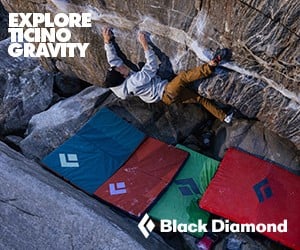





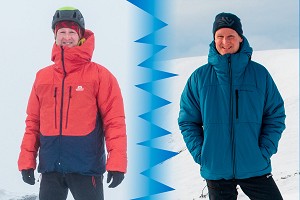

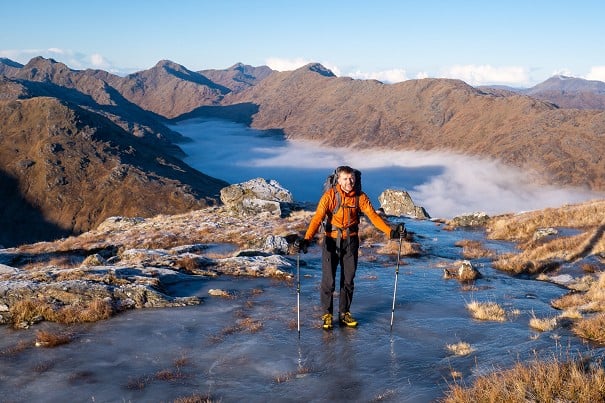

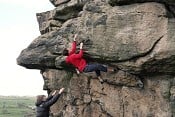


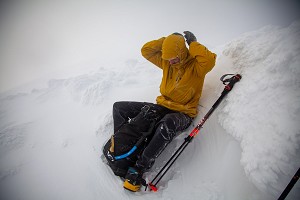
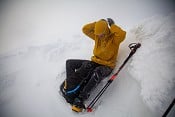
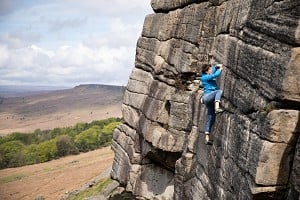
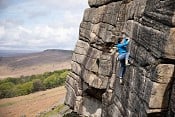














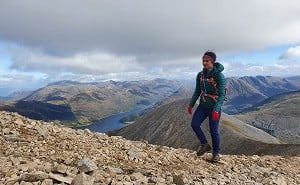



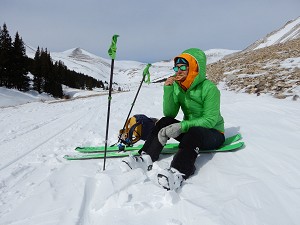
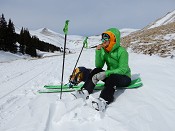
Comments
What a well informed and well rounded review!
I'd be more concerned about the durability of the merino back on the Hybrid, especially when wearing any backpack at all. Merino isn't exactly known for its abrasion resistance, after all...
I feel like outdoor garment designers are always trying to reinvent the wheel with new "hybrids" every new season, which ain't exactly sustainable either – especially if it gets thrashed a few years on because of a stupid design decision like that.